You may be thinking, why would Plant-Powered Kidneys talk about low potassium meats for the renal diet? Well, because some people do need or choose to include meat in their diets. And we’re here to help with safe, smart, and evidence-based information.
In this article, we’ll be talking about low potassium meats and situations where they may fit into a renal diet.
Table of Contents
Meat and Protein in the Renal Diet
While we will be discussing low potassium meats in this article, it’s also important to understand a bit about protein and meat in general.
How much protein should I have with kidney disease?
Depending on the stage and cause of kidney damage, protein and animal meats may be encouraged or limited.
In the early stages of CKD (stages 1-3), there is research to show that high protein diets should be avoided. In other words, limiting protein may or may not be helpful depending on your current protein intake. If you’re not eating an excessive amount of protein you may not need to reduce your protein intake.
However, for late stages of CKD (stages 4-5 not on dialysis), a low protein diet is recommended in most cases to preserve kidney function.
Learn more about a low protein diet here.
Is animal protein okay for the renal diet?
Depending on your stage and situation, animal protein may or may not be okay. Therefore, it’s important to discuss with your own dietitian and nephrologist about your diet needs.
If you have kidney disease and are working to change your diet to avoid dialysis, limiting animal protein has been shown to delay CKD progression.
However, there are situations in which including low potassium meats may be acceptable.
When could low potassium meats be helpful?
While a lot of research has proven that a plant-based diet is beneficial for kidney disease, there can be certain situations in which a fully plant-based diet is not necessary or recommended.
Dialysis
Dialysis is a life-sustaining treatment to replace kidney function. This starts when a person has end-stage kidney disease (otherwise considered stage 5 kidney disease) and is not feeling well.
The process of dialysis includes cleaning the blood by hemodialysis or pulling wastes through the abdomen in peritoneal dialysis.
Either process also includes the removal of some protein. That protein needs to be replaced in the diet. In many cases, protein supplements are recommended to provide a person with enough protein.
Learn more about protein supplements on dialysis here.
Cultural and Religious Preferences
There are certain dietary preferences that include cultural and religious beliefs. As registered dietitians, we always want to honor personal preferences.
In these cases, we may recommend low potassium meats to help maintain potassium balance when needed.
When would low potassium meats be bad?
There are some situations where meats, even low potassium meats, may not be helpful.
Stage 4 or Stage 5 Renal Diet
If you are following a special diet for stage 4 or stage 5 kidney disease, you may need to reduce your protein intake.
If you’re working on cutting back on the protein in your diet, it may be helpful to stick to the low potassium meats as you work on making changes.
Read our guide for stage 4 kidney disease here.
Read our guide for stage 5 kidney disease here.
A Low Potassium Diet Restriction
If you have been directed to follow a low potassium diet, it’s important to consider that meats will also provide potassium.
Many people immediately look to cut back on tomatoes, bananas, avocados, and other potassium-rich fruits and vegetables. However, there’s also a risk of not getting enough nutrients when eliminating these kinds of foods.
Read more about the low potassium diet here.
High Phosphorus Levels
For someone with high phosphorus levels in their renal function panel or other lab results, limiting animal meats – even low potassium meats – can be incredibly helpful to lower phosphorus levels.
Animal proteins have a higher absorption rate of phosphorus than plant proteins. Read more about the low phosphorus diet here.
Defining Low Potassium Food
We need to start by defining what makes certain foods, including meat, low in potassium.
A food that is low in potassium has less than 200 milligrams of potassium per serving.
The standard serving size of meat is 3 ounces. This will be approximately the size of a deck of standard playing cards.
Many foods are analyzed in 100-gram serving sizes. This helps standardize the comparisons between different meats that can be different portions.
A 100-gram amount of cooked meat is approximately 3.5 ounces of cooked meat.
Potassium in Chicken, Red Meats and Game Meats
There are not a lot of low potassium meat options in chicken, turkey, and other common meats.
The lowest in this category is chicken wings, which is 206 milligrams per 100-gram serving (about 3.5 ounces). One chicken wing is approximately 1 ounce. The 100-gram serving is approximately 3-4 chicken wings.
A chicken drumstick is approximately 104 grams and has 239 milligrams of potassium in 100 grams. As discussed, this is not considered a low potassium food.
Chicken and turkey are generally lower in potassium when compared to beef, lamb, and pork. However, these animal meats are not considered low potassium meats as they are above the 200-milligram threshold.

Chart of Potassium in Meats, Fish, and Deli
Below is a chart of a variety of meats and their potassium content per 100-milligram cooked or ready-to-eat serving.
| Meat | Potassium (mg) in 100g serving |
|---|---|
| Chicken breast (skinless) | 256 |
| Chicken thigh (skinless) | 277 |
| Chicken drumstick (skinless) | 239 |
| Chicken wing | 206 |
| Ground Chicken | 292 |
| Duck (skinless) | 251 |
| Turkey breast (skinless) | 249 |
| Ground Turkey (93% lean) | 304 |
| Ground Beef | 302 |
| Steak | 283 |
| Beef Shortribs | 310 |
| Pork Chop | 486 |
| Pork Tenderloin | 536 |
| Pork Ribs | 317 |
| Pork Sausage | 310 |
| Ground Pork | 359 |
| Lamb Chop | 373 |
| Venison | 311 |
| Beef liver | 349 |
| Sweetbreads | 431 |
Potassium in Fish and Seafood
Most fish and seafood are also considered high in potassium. However, unlike chicken and other common meats, there are some more low potassium meats available in this category.
Clams have just 58 milligrams of potassium per 100-gram serving.
A 100-gram (3.5 ounces) serving of shrimp has 101 milligrams of potassium, making it one of the low potassium meats.
Canned light tuna has 176 milligrams of potassium per 100-gram serving. It’s important to know that many canned tunas have added phosphorus, so be sure to read the labels to avoid unhealthy additives.
Oysters have 193 milligrams of potassium per serving. This also qualifies as low potassium.
Chart of Potassium in Fish and Seafood
Below is a chart showing the potassium content of various fish and shellfish.
| Fish or Shellfish | Potassium (mg) in 100g serving |
|---|---|
| Abalone | 448 |
| Anchovy | 544 |
| Carp | 356 |
| Catfish | 382 |
| Clams | 58 |
| Cod | 297 |
| Crab | 319 |
| Crayfish | 294 |
| Eel | 291 |
| Flounder | 203 |
| Haddock | 362 |
| Halibut | 549 |
| Herring | 413 |
| Lobster | 247 |
| Mackerel | 436 |
| Mussels | 573 |
| Ocean Perch | 200 |
| Octopus | 626 |
| Oysters | 193 |
| Perch | 340 |
| Pike | 328 |
| Salmon | 391 |
| Sea Bass | 324 |
| Scallops | 253 |
| Shrimp | 101 |
| Squid | 441 |
| Swordfish | 528 |
| Tilapia | 382 |
| Trout | 476 |
| Tuna (canned, light) | 176 |
| Tuna (fresh) | 557 |
The nutrition information above was filtered by baked, broiled, or steamed cooking methods.
Potassium in Deli Meats
Deli meats are not often recommended for the renal diet. This is because they are quite often high in nutrients that need to be limited like sodium, potassium, and phosphorus.
| Deli & Processed Meats | Potassium (mg) in 100g serving |
|---|---|
| Turkey (deli slices) | 371 |
| Ham (deli slices) | 425 |
| Turkey-Ham (deli slices) | 299 |
| Chicken (deli slices) | 360 |
| Roast Beef (deli slices) | 647 |
| Bologna | 147 |
| Pastrami | 647 |
| Salami | 363 |
| Corned Beef | 136 |
| Bacon | 557 |
| Turkey Bacon | 666 |
| Canadian Bacon | 999 |
| Liverwurst | 199 |
| Pepperoni | 274 |
| Hot Dog (beef) | 343 |
| Bratwurst | 348 |
| Kielbasa | 306 |
Deli Meats in the Renal Diet
An important note about deli meats, even low potassium meats, is to beware of sodium and additives. These are important to limit and avoid when possible.
Deli meats also come in a variety of low-sodium meat options as well. This may not always be a wise choice.
A study published in 2018 found that the low-sodium deli meats had an average of 44% more potassium than the original deli meats.
One specific deli meat in the study had 1,500 milligrams of potassium in exchange for 25% less sodium.
Instead of deli meats, try making tuna salad, chicken salad, or chickpea salad. Even a peanut butter and jelly sandwich can be a better option for a renal diet!
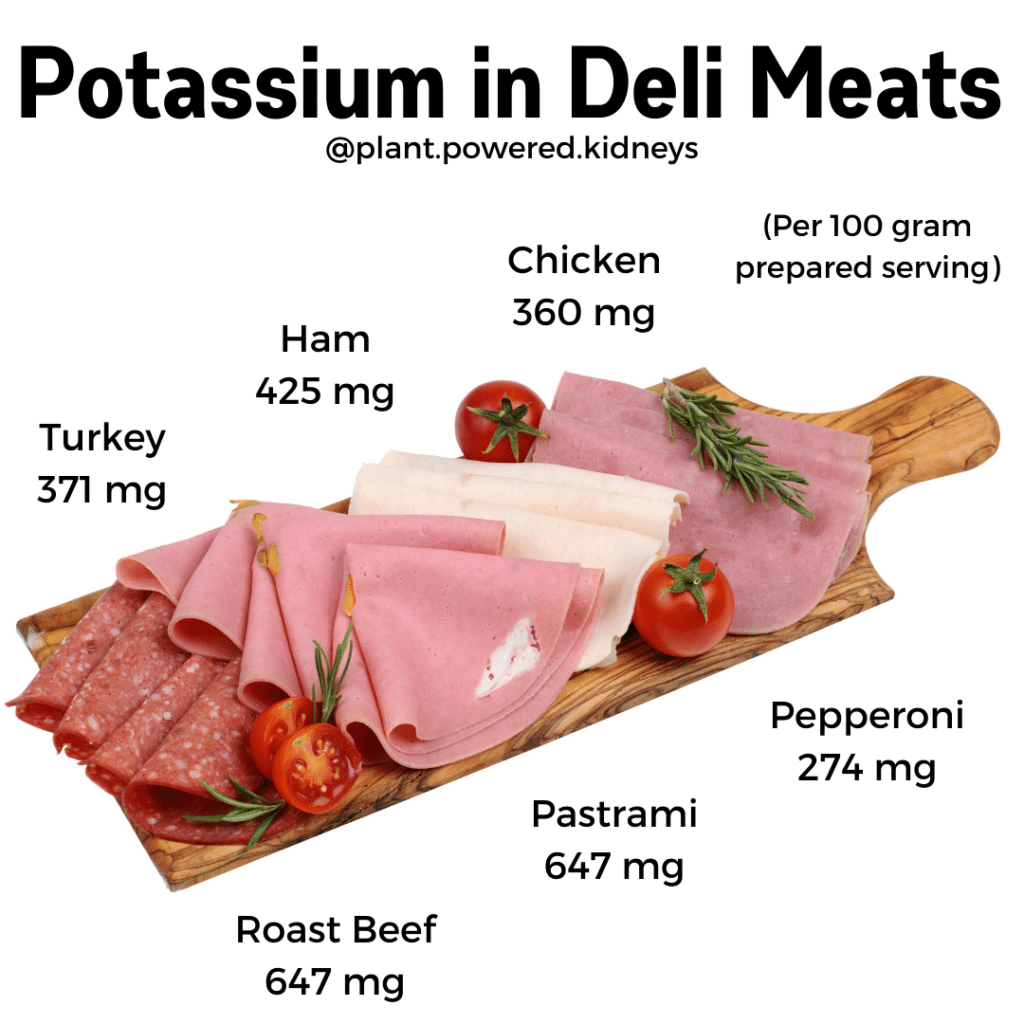
Does heat destroy potassium in foods?
Many people wonder about cooking their meats to help lower the potassium content.
It is true that cooking can lower the amount of potassium in certain foods. This has been studied with potatoes, beans, and some other foods.
It has also been studied with meat.
Boiling, Pressure Cooking, and Microwaving Meats
While boiling has been shown to drastically lower potassium content in potatoes, it has also been shown to lower potassium levels in meat.
Boiling meats for at least 10 minutes has been shown to reduce potassium content by about half.
In one study, beef liver, beef strips, hamburger, and salmon were assessed after periods of cooking. After up to 8 hours of cooking in water, potassium content was reduced in each by over 92%.
Hot dogs, ham, and canned tuna were also tested. Hot dogs had the least amount of potassium removed, resulting in a 43% reduction.
That being said, more research is needed to determine how much potassium can be consistently removed by the different cooking methods.
Does leaching meats lower the potassium content?
Leaching, or soaking in water, has been traditionally recommended to lower the potassium content of foods. This has been primarily studied with potatoes and certain types of vegetables.
However, research has shown that leaching is not an effective way to lower potassium content of certain foods as compared to double-boiling or even normal boiling.
Potassium Additives in Meat
Another concern about meat is the potassium additives. More and more research and questions are popping up about the impact of potassium additives in the renal diet.
This is particularly important to those on a potassium restriction.
Some common potassium additives include;
- Potassium nitrate
- Potassium chloride
- Tetrapotassium phosphate
- Potassium sorbate
- Potassium tripolyphosphate
However, some of these above are also considered phosphorus additives. This is another thing to beware of on the renal diet.
Learn more about phosphate additives here.
Potassium chloride is the main salt substitution in many salt-free substitutes. This is why salt substitutes are not recommended – they are extremely high in potassium.

Summary
When we think of the low potassium diet, we don’t think about low potassium meats. But as we have seen here, there are actually few meats that do qualify as being low in potassium.
If you need to restrict the potassium in your diet, it can be incredibly helpful to protect your kidneys by reducing the potassium sources of animal meats and other proteins. In short, most meats, fish, and seafood are considered high in potassium.
Some of the lowest potassium meats are clams, oysters, and tuna.
Chicken and turkey aren’t considered low potassium meats, but they are lower than other types of meats.
Deli meats are not only high in potassium but can also be high in sodium and contain phosphorus additives. For these reasons, deli meats should be avoided when possible.
Which one of the meats in this article surprised you the most? Comment below with your thoughts!

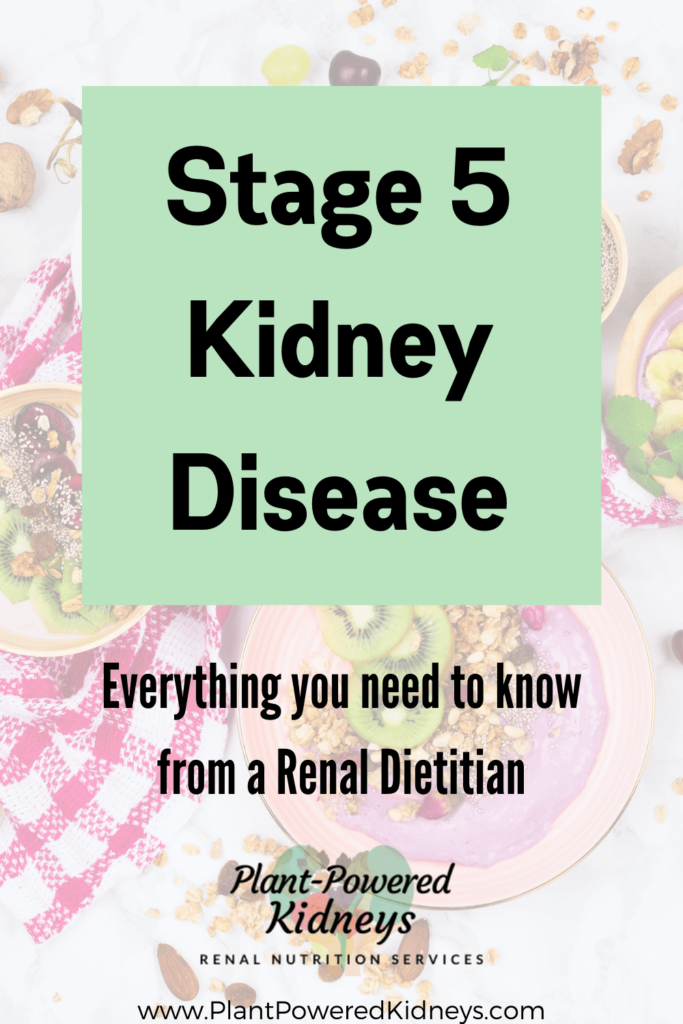

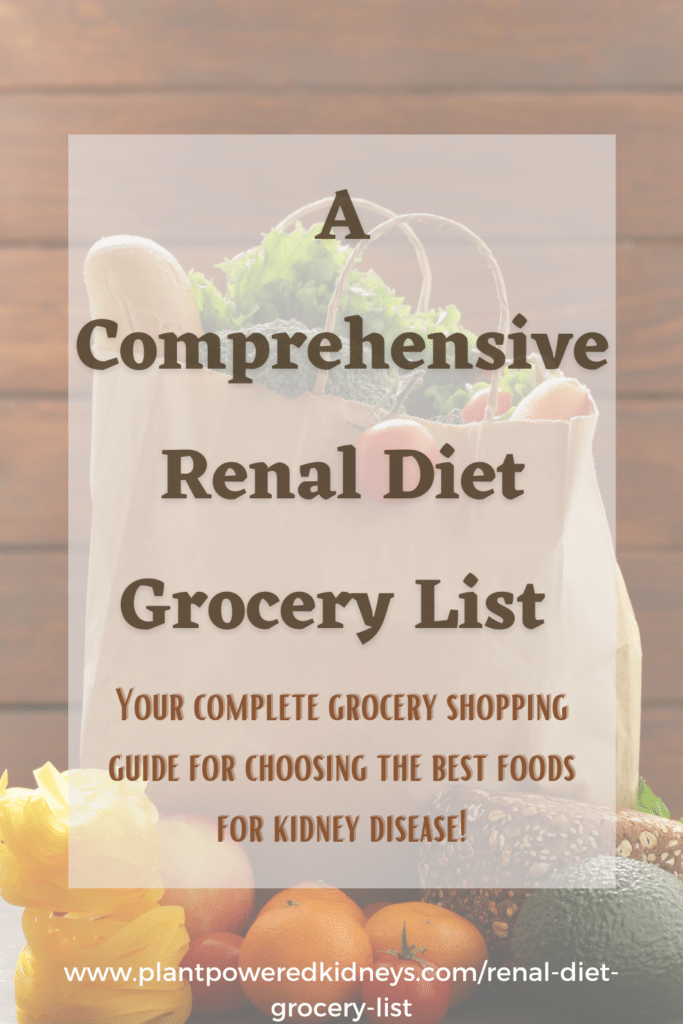
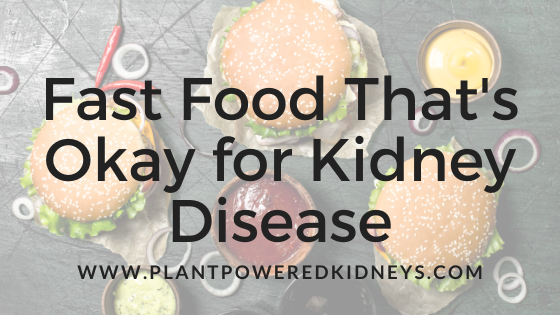
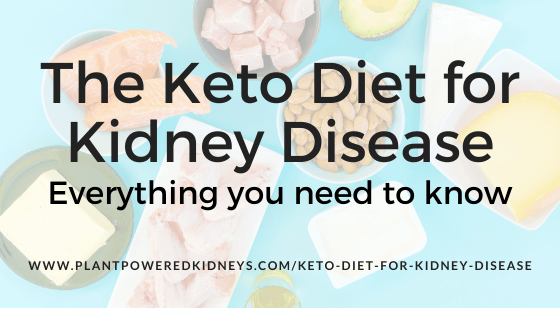
just thinking about boiling meat for hours sounds ridiculous. What else is leached out aside from potassium- the flavor for one. I eat a small amount of chicken because otherwise I am not getting enough protein. Are we leaching that out too?
When boiling foods, there will be losses of water-soluble vitamins and some minerals as well. Protein doesn’t have much of a change from different cooking methods. (We agree- boiling anything, especially meat, for hours probably isn’t the best use of time.) 🙂
why do kidney recipes call for 7% beef, when 85% beef has less potassium and phosphorus?
Is it helpful to decrease meat protein serving to 1.5~2oz?
Red meat in particular can be hard on not only the kidneys but the rest of the body. It’s higher in saturated fat and linked to more poor health outcomes. If you’re choosing beef, aim for a low fat content with more actual beef, like 90% and above. Or try ground turkey or chicken for a better option. Cutting back on meat protein to 1-2 ounces per meal can be helpful. Be sure to add in more nutrients like whole grains and beans to make sure you don’t go hungry, though! 😋
Beans and whole grains have a lot of potassium also.
…but whole grains are higher in potassium!
I was having some problems at first but I picked the foods with lowest potassium that were ok for CKD. I thought there were few choices but then I realized that I could make the best “Tuna Sandwich” by adding spices ….. dill, red pepper flakes, chives… and sliced cucumbers & green onion…. a little lettuce.. of course … you can change it…
But I look forward to it! Black olives too!! And I also thought about how fortunate I am to have the food I need… many people don’t! Be grateful!
why do kidney recipes call for 7% beef, when 85% beef has less potassium and phosphorus?
Is it helpful to decrease meat protein serving to 1.5~2oz?
I’m not sure where the 7% beef thing is coming from, but generally a leaner protein option is best. Red meat is recommended to limit to 1-2x/week, ideally using lean cuts of poultry and fish more routinely (if you’re including animal meats). Limiting animal proteins to 1-2 ounces can be very helpful in protecting kidney function, especially in stage 3, stage 4 and stage 5 before dialysis.
You asked what meat surprised me most. It had to be bologna. My husband loves it, and I try very hard to avoid buying/serving it because I thought it was so unhealthy. I still feel like that is correct, but at least , the potassium content isn’t terrible!
It’s interesting, isn’t it, Mary Jane? I found the red meat potassium content to be very surprising.. no wonder some of my dialysis patients had high potassium levels after a night out! 😅
I am not only having to lower my potassium, but I am also having to low carb for my type two diabetes. I am so lost on this its almost laughable. Bean sprouts it is!!!
It can be quite confusing, Helen. We hear that a lot (and help with it a lot). Be sure to check out our other articles, like the Renal Diabetic Diet one. You may like that!
I am looking at the same problem I am type two diabetic with 5.9 potassium levels it’s difficult to limit potassium as its in everything we eat, please email me if you find sfuff we can eat.
Hi Terry! One of the common issues connecting diabetes and high potassium is in fact blood sugar control. In many cases, high blood sugar levels can actually increase potassium levels. Insulin can also impact potassium levels. By focusing on better blood pressure control and talking with your healthcare provider about your diabetes and insulin management, you may find more answers as to why your potassium level is high. It doesn’t always get resolved by limiting high-potassium foods. I hope this helps!
I am at a loss with all these comparison/ values “CHARTS”! I think they are all pretty worthless – salmon : wild vs farmed (poached/baked), vs smoked(plain or spiced/seasoned), Beef vs buffalo: organic vs commercially raised ? What about the rabbit, geese ? Same goes for poultry and I can go on the same about the veggies (cooked vs raw). So how does one make any sense out of all this?
The only real way is to micro-manage the ckd diet with constant blood work and keeping record! GOOD nutritionist would be of help. And I say GOOD, because as far as my experience with Dr’s go, they are at best REACTIVE slackers, lacking true initiative to invest PROACTIVE effort for the benefit of their patients. N o quality, just volume ($$$)
Yes, the CKD diet can be difficult at times. My suggestion would be to work with a dietitian and set some goals. Once a diet change has been implemented check the labs and go from there. Working with a dietitian is key. Please click here for more information >>>
A renal diet seems like a starvation diet with its tiny serving sizes. How is the patient expected to not be very very hungry ALL the time. Please advise.
Hi Kathy,
Thank you for your comment. Many Kidney Warriors have various hurdles when it comes to a plant-based diet. A plant-based diet is not a starvation diet if done correctly. When food intake is planned and tracked it’s easier to see where changes can be made. Sometimes the lingering hunger can be fixed with a kidney-friendly snack. If you are interested in working with a dietitation to help you manage your hunger please schedule a free master plan call here >>>
Hi Jen! I was surprised by the salmon. I was especially liking the potassium amounts in the cod , shrimp and tuna since I eat these in addition to salmon.
Thanks so much for this information! It was very timely.
Sometimes we focus so much on one thing we miss something else.
I’m stage 3 and have high potassium. The Dr put me on a binder. I lowered my protein myself and lost too much weight. I’m now under 100lbs. I have gastroparesis so what type of protein should I eat?
Hi Angela,
Thank you for your comment.
Unfortunately, this question is out of my scope.
Please reach out to your doctor for medical advice.
If you haven’t checked out our blog on the Low Protein diet for CKD.
It may be worth your while to check it out.
Hi Jen. So i dont have kidney or renal disease. But i am on the blood pressure medication lisinopril which they say can make potassium levels rise and well i figured this was the best place to ask for advice. Do i really need to lower my potassoum that much? Please any help you can give would be helpful
Hi,
The information provided is intended for persons with CKD.
People with other medical diagnoses may require different guidance than what is provided here.
Anyone who has a question about a prescription needs to consult the prescribing physician.
what fish is good for stage 4 CKD? is baking better or boiling?
“Good” is subjective, as it’s all based on the individual. Some can include it in their diet and still protect their kidneys, while others may have a harder time with it. Working privately with a dietitian would be the best way to find out if it’s something to fit into your diet. As far as the cooking method, baking or boiling/poaching both work. Both are better than fried!
Hi,
Very good article. I am stage 4 kidney disease. I am allergic to all fruits and most vegies, egg whites, flour, all dairy products but can tolerate 18% cream in my coffee thankfully. I can eat peas, carrots, green beans, white rice, white bread (I make my own), plain pasta, I have been eating steelhead trout and salmon but see that is high in potassium. Mostly chicken drumsticks, very lean ground pork, once in a while a bit of steak, tried shrimp this week and so far am not allergic to that hurray. My doctor seemed to think my kidney problems were not serious so I have not been referred to a kidney specialist or nutritionist. But after today urine test results are not good, so I will be getting help. Your charts will help me immensely.
We’re so happy to hear that, Corinne! Your story is a great example of how everyone’s diet and nutrition preferences are different. That’s why there’s really no “one” renal diet. 💚
So glad to have found this site! I donated a kidney in Dec of 2019. Then was diagnosed with breast cancer in March of 2022. About 6 months ago, I started having electrolyte issues, mostly hyperkalimia. I have been feeling lost with trying to eat appropriately. There was a comment here about being grateful I *can* find good foods and I appreciated that, I needed to hear it. But I still feel lost. Is there a list of sites with samples of a day’s meals to help me?
Thank you for giving the gift of life! I’m sure the recipient is grateful for you and your gift. We do offer a free 6-day meal plan here – this may give you some more insight (along with the emails we send weekly). You can also check out our low potassium article here, which may provide some more insight for you. 💚
Plant based meat substitutes are all high sodium, too high for my renal diet. i can’t understand why they are kidney healthy? I am told to avoid beans as protein source. i can have swiss cheese as its lowest in sodium. What brand of plant based meat is not high in sodium?
It certainly is hard to find much that does not have quite a bit of potassium (or sodium, phosphorus or purines or high proteins. i go to dietitian couple times a year with lab numbers. And have lowered and maintained normal range over 5 yrs. Uric acid not as easy even with strict diet, but not having gout flares without medicine . Dr oked tart cherry extract supplement i use.
So happy to hear you have a dietitian to work with to personalize your diet! Yes, plant-based meat substitutes are often high in sodium for a renal diet. However, they may be able to fit if nutrition allowances are budgeted for them. Beans can be a great protein source, but do contain potassium. However, they are low in phosphorus which can be a great win! Tart cherry juice or supplements may be helpful (if approved by your team, which is great).
I had kidney cancer and the kidney was removed. No cancer found anywhere else! I”m lucky. Now I have hyperkalemia. I know that the bran cereal I eat every morning isn’t helping my potassium level but insoluble fiber is the only thing that reliably helps my chronic constipation. Do you know of something else I can eat that is high in insoluble fiber but low in potassium?
Congrats on being cancer-free, Susan-Marie! Some examples of insoluble fibers that are lower in potassium include whole grains, chickpeas, and raspberries.